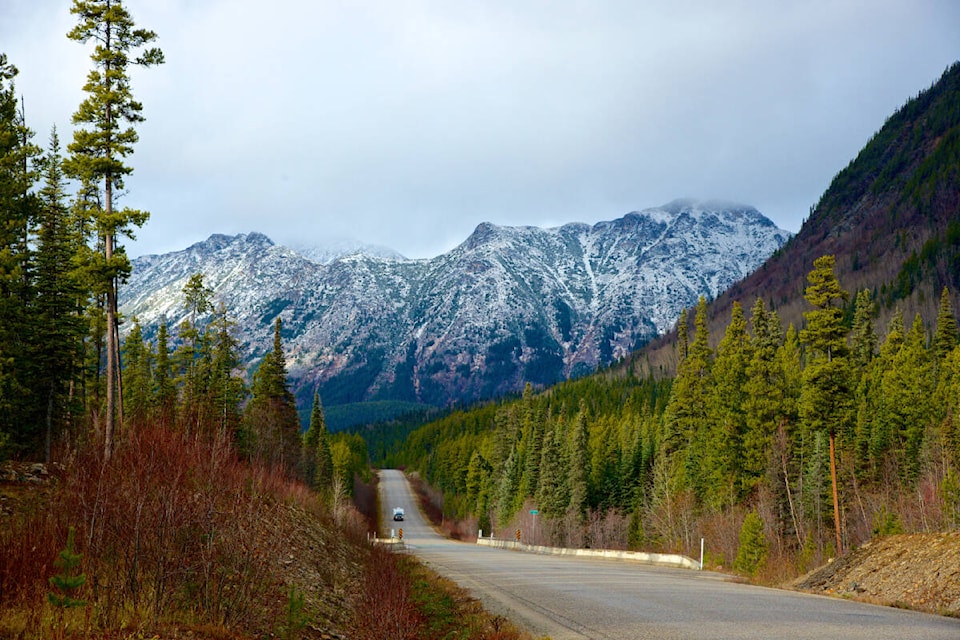Many B.C. residents want to take the plunge and purchase their first zero-emission vehicle (ZEV), but there are a number of considerations, including costs and whether they have access to fast-charging infrastructure where they live, work and along routes they travel.
While great strides have been made in our urban centres, theresa���ʴ�ý�s a significant challenge in addressing this need in rural B.C. when you factor in our vast geography.
Northern B.C. serves as a case in point. On the stunning 725-kilometre Cassiar Highway, which connects many communities in the region, there are presently no public fast-charging stations. Even driving between two of the three largest towns in northeastern B.C., Fort Nelson and Fort St. John, is difficult. There arensa���ʴ�ý�t any charging stations along the 381-km section of highway between the two towns. That distance is at the top end of a full charge for many ZEVs.
Compounding the problem, many communities in the North sa���ʴ�ý� such as Burns Lake, Houston and New Hazelton sa���ʴ�ý� only have one or two charging stations. As a result, residents who have ZEVsa���ʴ�ý�s are reluctant to drive extended distances because of range anxiety.
Clearly, in our rural and remote communities, the update in ZEV adoption has been a challenge, but it would be unfair to suggest itsa���ʴ�ý�s simply because of lack of access to charging capacity. The fact remains that many of these families rely on pickups or larger SUVs for work or their family, to accommodate the geography and weather conditions where they live. At this stage, there simply isnsa���ʴ�ý�t enough electric vehicle pickup truck inventory to address the interest.
The (released in October 2021) proposes to complete B.C.sa���ʴ�ý�s Electric Highway by 2024 and reach a target of 10,000 public EV charging stations in B.C. by 2030. As of January 2023, there are more than 3,800 public charging stations in B.C., including over 850 fast-charging stations. The (NCDA) continues to advocate for ongoing policy and funding decisions that will support greater charging capacity.
For starters, NCDA suggests ongoing support for Clean BCsa���ʴ�ý�s Go Electric Public Charger Program, which provides various rebates to businesses and different levels of government that install EV stations on their properties.
We believe incentivizing business owners to operate public charging stations on their property would be a positive step. Many business owners donsa���ʴ�ý�t have them because of the associated moderate to high utility fees.
Ultimately, we need to get to a point where access to charging stations is available where we all live, work and socialize. Itsa���ʴ�ý�s a challenge that will not be addressed overnight and will take an ongoing commitment sa���ʴ�ý� but will be a key component of BC meeting its target of 100 per cent of all new light-duty vehicle sales in the province being ZEVs by 2035.
If you want to take action, you can also request submitting a proposal for a new charging site on BC Hydrosa���ʴ�ý�s
Blair Qualey is President and CEO of the New Car Dealers Association of BC. You can email him at bqualey@newcardealers.ca



